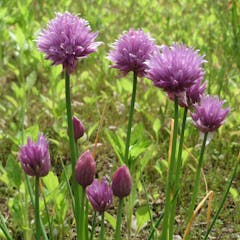
Articles on Sunlight
Displaying all articles

Students in windowless rooms are reporting anxiety, depression and fatigue. A professor of architecture says developers need to let the light shine in.

A new generation of flexible solar cells has been pioneered using a material known as perovskite.

Each rainbow is personal – the rainbow you see isn’t exactly the same rainbow the next person sees. It’s all in the eye of the beholder.

Some parts of North America will witness a total solar eclipse in April 2024. This may seem far away, but you should think about preparing for this rare and fascinating phenomenon.

Our ancient ancestors didn’t have clothes or houses – but that constant exposure to the sun helped their skin protect itself from the worst sun damage.

Researchers have long suspected that an ingredient in sunscreen called oxybenzone was harming corals, but no one knew how. A new study shows how corals turn oxybenzone into a sunlight-activated toxin.

Plants need light to feed themselves, so they grow in ways that help them collect as much of it as they can. Sometimes that’s straight up, but not always.

The UV index measures how much UV radiation is around and how much damage it’s likely to do to your skin.

The sky on other planets doesn’t look the same as the sky on Earth does. And that’s because of the different gases in Earth’s atmosphere.

How much energy does the internet use, and - given recent technological advances - could it ever run on renewable energy alone?

New barium sulphate-based paint could help reduce effects of climate change.

The design of a campus and its buildings and dorms can be crucial to a student’s overall well-being.

A light invisible to humans makes chemicals in our skin very excited. In fact, the chemicals become so excited they change shape and become vitamin D.

Sunlight is not a cure for everything, and certainly not for COVID-19, but 100 years ago it was a popular treatment.

There’s mounting evidence that increased lighting has a range of negative effects.

A strong case for telling children to go outside and play.

Diatoms’ tricks may offer new insights that keep solar cell energy running efficiently and robustly throughout their processes.

Individual light-harvesting protein complexes have a remarkable ability. Light, which is normally effectively harvested, is also used to finely control how much of it should be harvested.

Orkney’s ultra-high incidence has been linked to the weak northern sun. So how come the more northern Shetlands are less afflicted?

SAD has entered popular mythology, but that doesn’t make it real.
